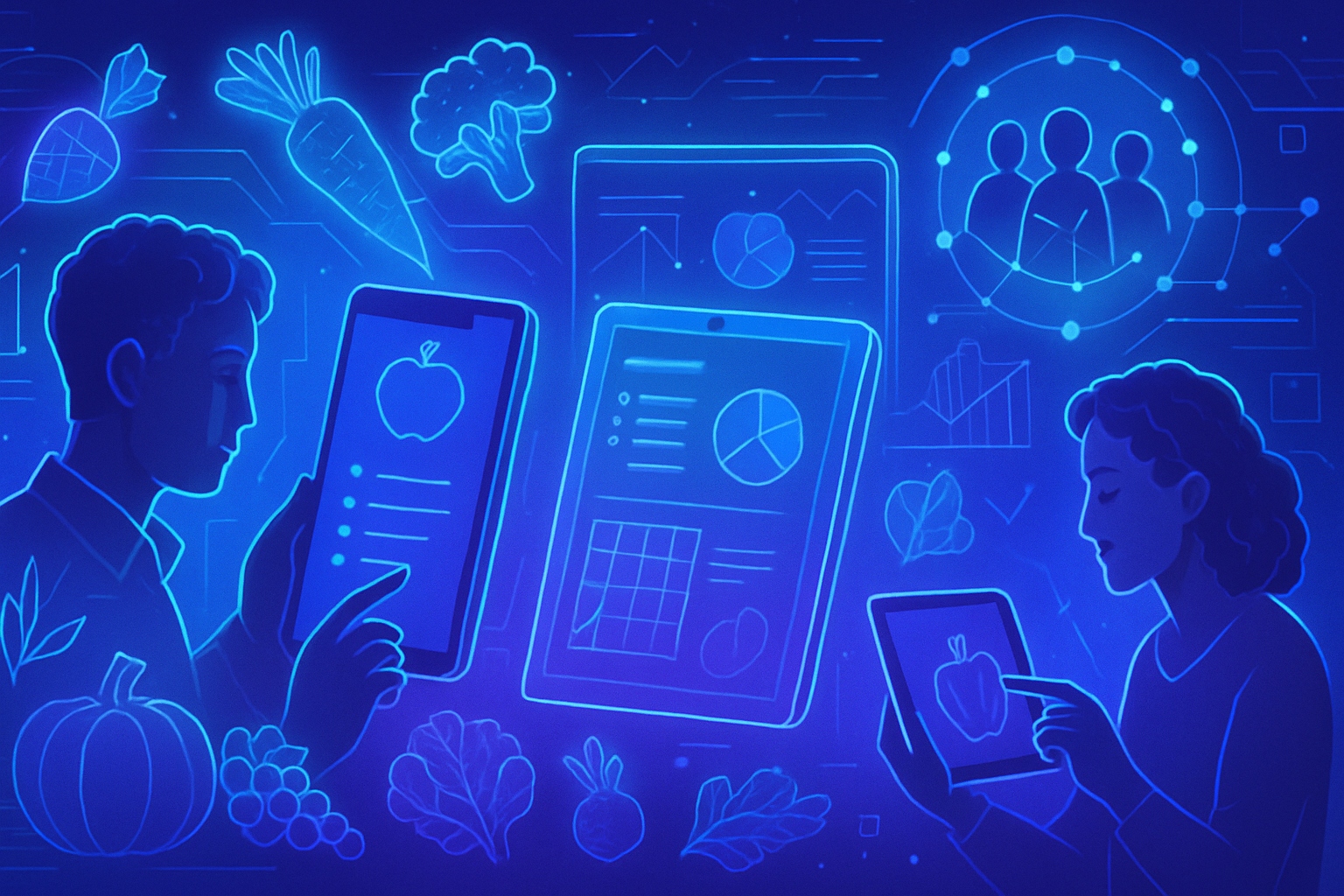Food subsidies require a significant redesign. The global situation of malnutrition calls for innovative solutions. The rise of digital platforms offers new perspectives to enhance the effectiveness of aid programs. These technologies can transform the way we conceive food assistance. The challenges related to distribution and access to healthy food are compounded by the inaccessibility of essential data. Optimizing the effectiveness of subsidies will require a deep understanding of purchasing behaviors. It becomes imperative to leverage these tools to develop smart and adaptable food policies.
The challenges of food subsidies
More than 670 million people suffer from hunger worldwide, despite efforts to improve food security. Food subsidies, designed to help vulnerable populations, often present challenges in terms of effectiveness and implementation. The economic stakes involved in the allocation of these subsidies can constrain their real impact on the nutrition of beneficiaries. Moreover, millions more struggle with obesity and access to nutritious food.
The importance of digital platforms
Digital platforms are emerging as a potential vector for improving the effectiveness of food subsidies. These technological innovations enable the collection of precise data on purchasing habits and consumer preferences. Data exploration can provide an in-depth view of the specific nutritional needs of populations, thereby facilitating the adaptation of subsidized programs.
Practical applications: The Ali Aouad project
Ali Aouad, assistant professor at the MIT Sloan School of Management, received a grant for his project focused on optimizing *food subsidies*. This project aims to leverage grocery consumption data from local stores in India. By using point-of-sale scanners, researchers collect information on consumer purchasing behaviors, which is essential for modeling adaptive food assistance programs.
Optimizing food assistance programs
Aouad’s main objective is to design a model that optimizes food subsidies. The application of *optimization* methods proves promising for addressing varying preferences within the population. This type of approach could transform policy practices by providing evidence-based data rooted in real purchasing behaviors.
The implications of a data-driven approach
Subsidy policies often need to navigate between sectoral expertise and political constraints. Aouad proposes an innovative method integrating models based on concrete data rather than legacy systems. This transition could reveal viable alternatives for developing countries, where data collection systems remain limited.
The challenges of large-scale implementation
Despite the potential of digital platforms, implementing such initiatives on a large scale poses significant obstacles. Issues of cost and infrastructure directly influence the sustainability of food assistance programs. Several factors, including the cost of obtaining data, affect the integration of such a method within existing structures.
Towards better food security
Constant efforts are needed to ensure food security for all. Innovation, whether through advances in agriculture or improvements in assistance programs, represents a feasible avenue. By studying adaptive models, such as the one proposed by Aouad, researchers aim to conceptualize more effective strategies to address urgent nutritional challenges.
Initiatives like this are part of a global commitment to revolutionize the way food subsidies are designed and implemented, while keeping in mind the issues of nutrition and public health. Thus, data-driven approaches appear essential to redefining food systems.
Meanwhile, investments in similar initiatives, such as Google’s recent decision to allocate 37 million dollars to foster AI in Africa, could also bolster innovative solutions in the food sector.
Frequently asked questions about improving food subsidies
What is food subsidy optimization?
Food subsidy optimization involves using analytical methods and data to improve the effectiveness of food aid programs, in order to best meet the needs of vulnerable populations.
How can digital platforms contribute to food subsidy optimization?
Digital platforms enable the collection and analysis of data on purchasing habits and consumer preferences, which helps design more appropriate and effective subsidy programs.
What types of data are necessary to optimize food subsidies?
Data on consumer preferences, purchasing behaviors, and specific nutritional needs are essential for creating robust optimization models.
What are the challenges related to data collection for food subsidies?
The main challenges include limited access to data collection systems, particularly in small grocery stores, as well as the costs associated with setting up data collection infrastructure.
How can food subsidies help improve nutrition?
Subsidies can make nutritious foods more affordable for low-income populations, thereby increasing their access to a balanced diet and reducing malnutrition rates.
What is the importance of tailoring subsidy programs to regional specifics?
Tailoring programs to regional specifics is crucial as food needs and consumer behaviors vary across cultures, regions, and income levels.
What success indicators should be monitored for food subsidy programs?
Indicators include increased access to nutritious foods, changes in purchasing behaviors, and improvements in nutritional health outcomes among targeted populations.
How can technology facilitate access to food subsidies?
Technology, through apps and online platforms, facilitates access to information about subsidy programs, allowing beneficiaries to better understand their rights and access available assistance.
What roles do retailers play in optimizing food subsidies?
Retailers are key players as they provide outlets for subsidized products and can influence consumer purchasing habits by offering a variety of nutritious products.
Why is it important to collaborate with various stakeholders in optimizing food subsidies?
Collaboration among governments, businesses, researchers, and nonprofit organizations brings together diverse expertise, ensuring that subsidy programs are well-designed and effectively implemented.






